All about 36 streets of Ancient Hanoi
In the center of Hanoi‘s Old Quarter sits the renowned and historic “36 Streets” or “36 Phố Phường” neighborhood. It refers to a system of winding streets that were originally given names for particular trades and guilds that carried on business there. Here is a list of 36 streets of Hanoi.
Hàng Gai (Silk Street): Known for its silk products, clothing, and souvenirs.
Hàng Đường (Sugar Street): Once famous for sugar trade, now
filled with shops selling sweets and snacks.
Hàng Bạc (Silver Street): Historically known for silverware
and jewelry, now offering a variety of souvenirs.
Hàng Bè (Raft Street): Originally a place for selling bamboo
rafts, now hosts various shops and restaurants.
Hàng Bông (Cotton Street): Renowned for cotton products,
bedding, and fabrics.
Hàng Bồ (Boat Street): Formerly a hub for shipbuilding and
repair, now home to shops and cafes.
Hàng Buồm (Sail Street): Named after the sails that were
sold here in the past, now offers a mix of shops and eateries.
Hàng Đào (Peach Street): Famous for selling peach blossoms
during the Lunar New Year (Tet) season.
Hàng Đậu (Bean Street): Known for trading soybeans and
various legumes.
Hàng Điếu (Pipe Street): Once known for selling tobacco and
smoking pipes, now features shops and cafes.
Hàng Đồng (Bronze Street): Historically associated with
bronze casting, now offers a variety of goods.
Hàng Gà (Chicken Street): Named after the poultry market
that was once located here.
Hàng Hòm (Valise Street): Traditionally known for selling
leather bags, suitcases, and travel accessories.
Hàng Khay (Tray Street): Famous for selling trays and
lacquerware.
Hàng Lược (Comb Street): Once renowned for crafting and
selling combs and hair accessories.

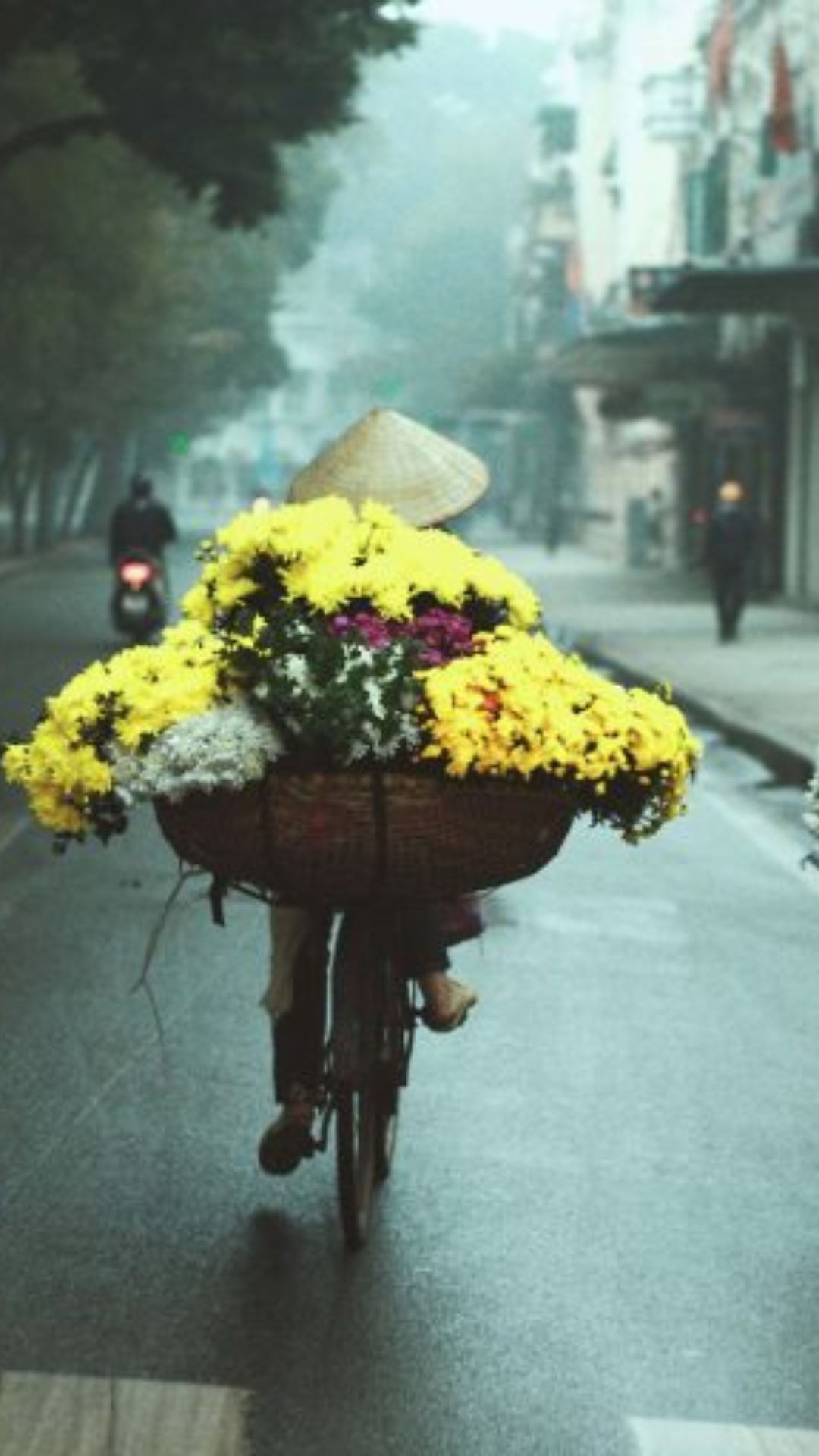
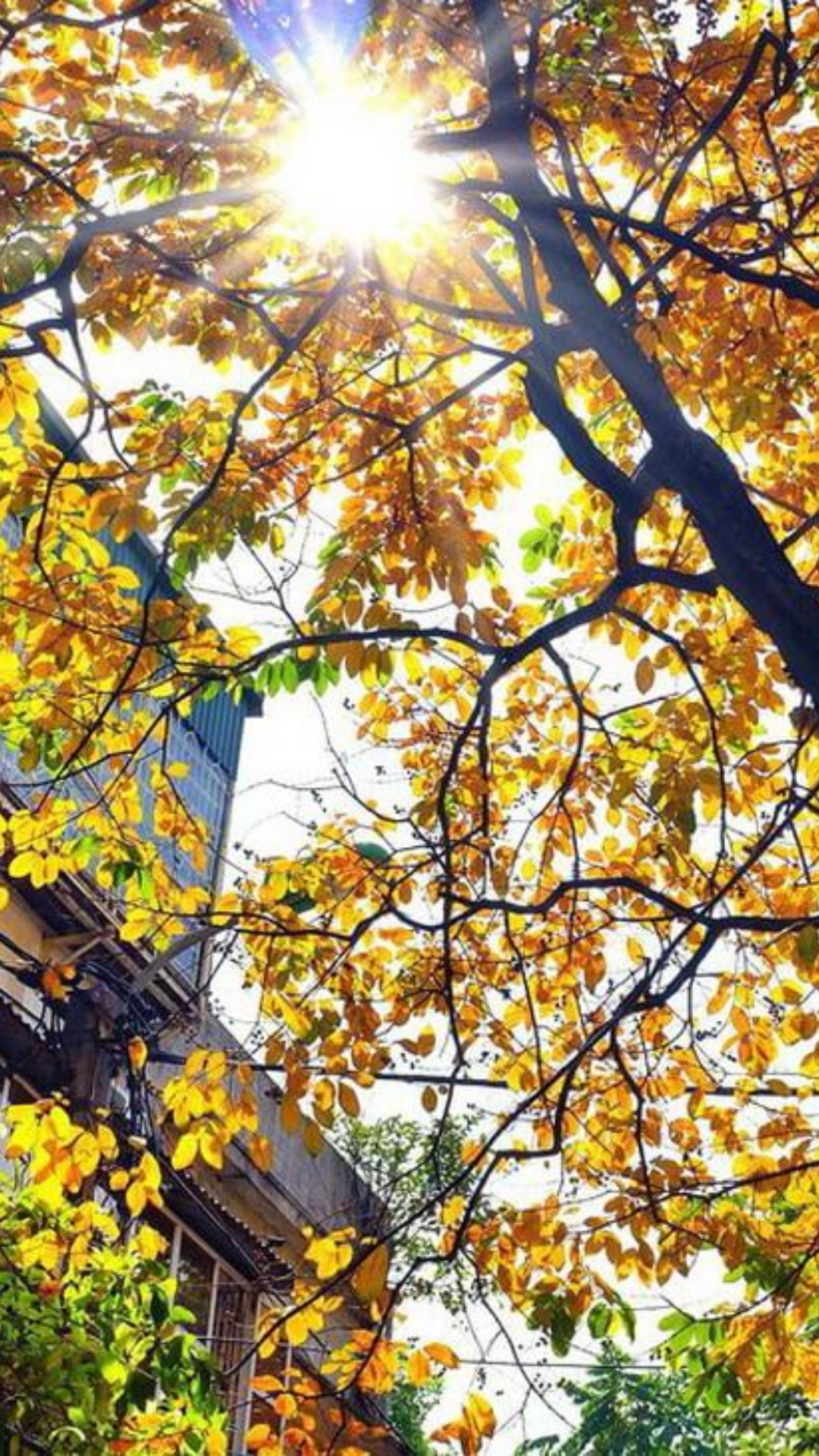
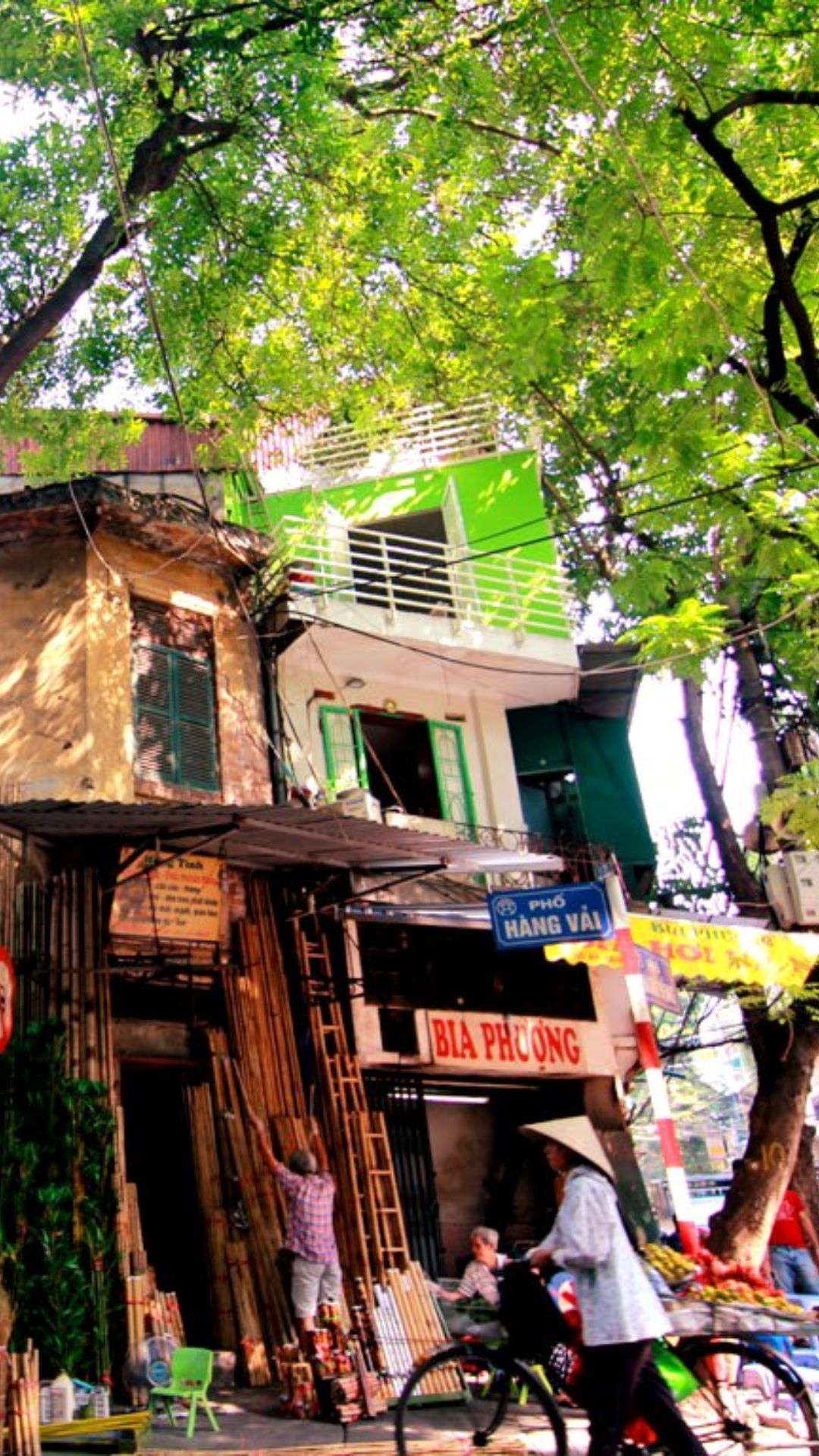
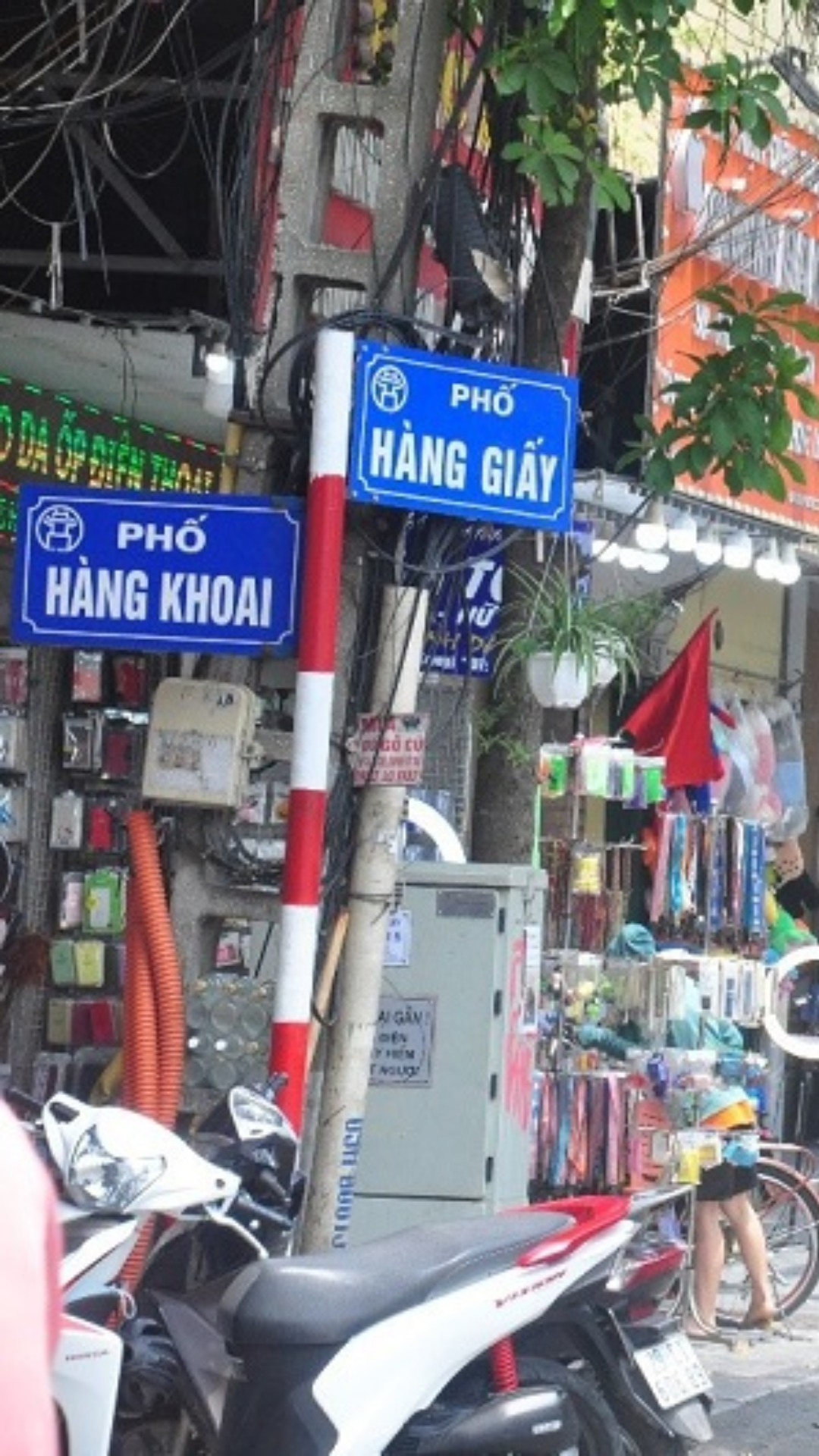

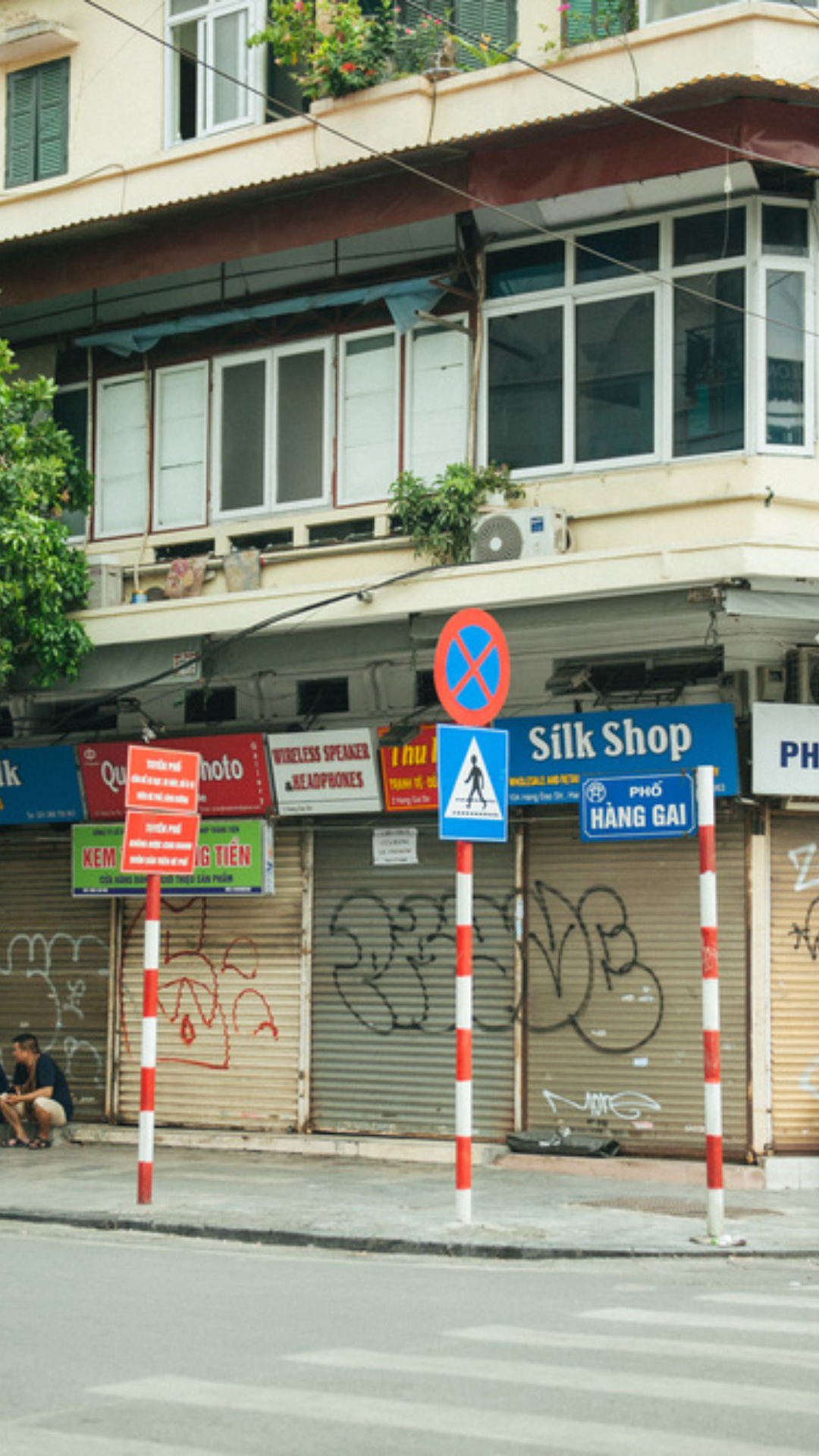


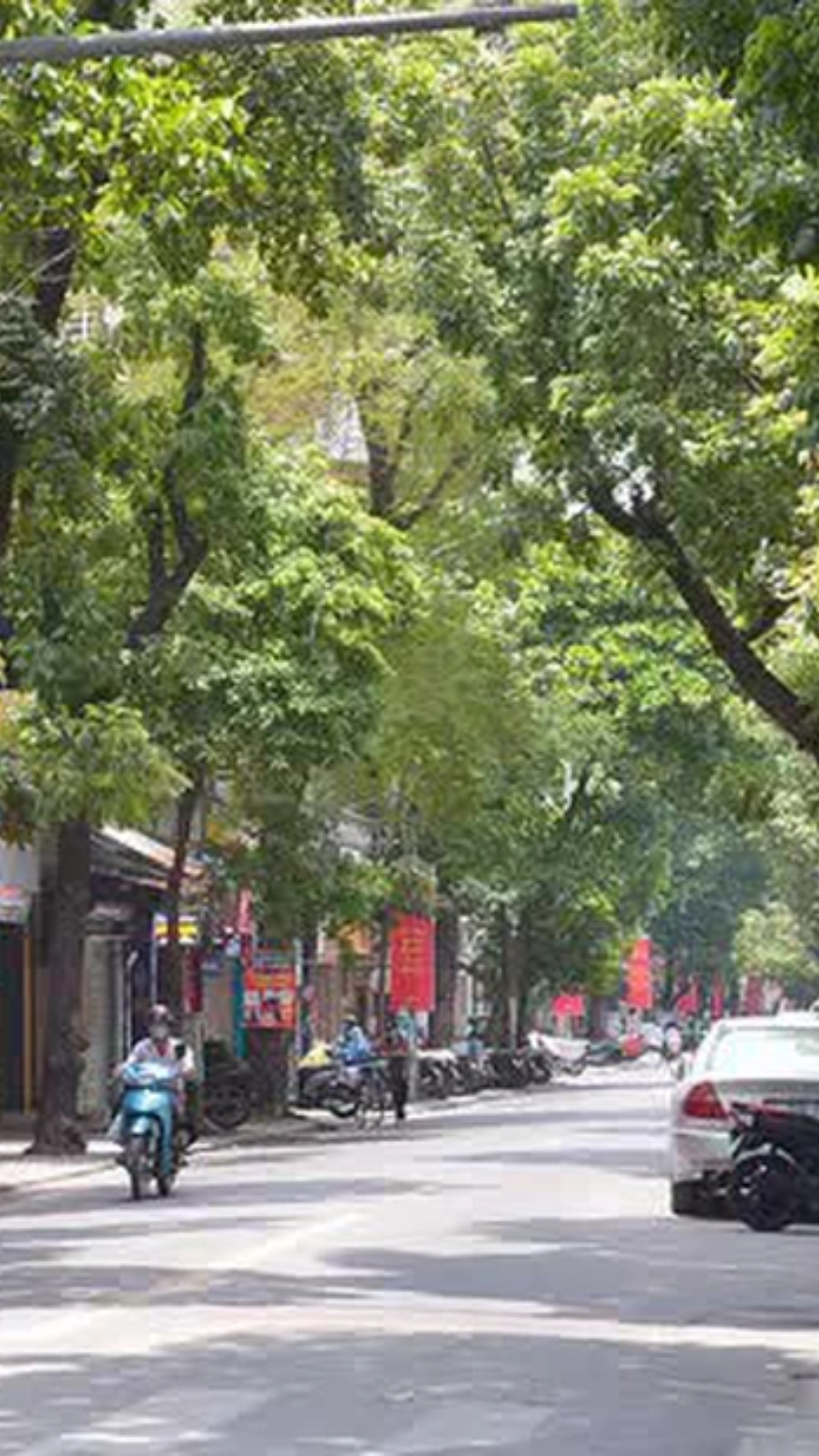
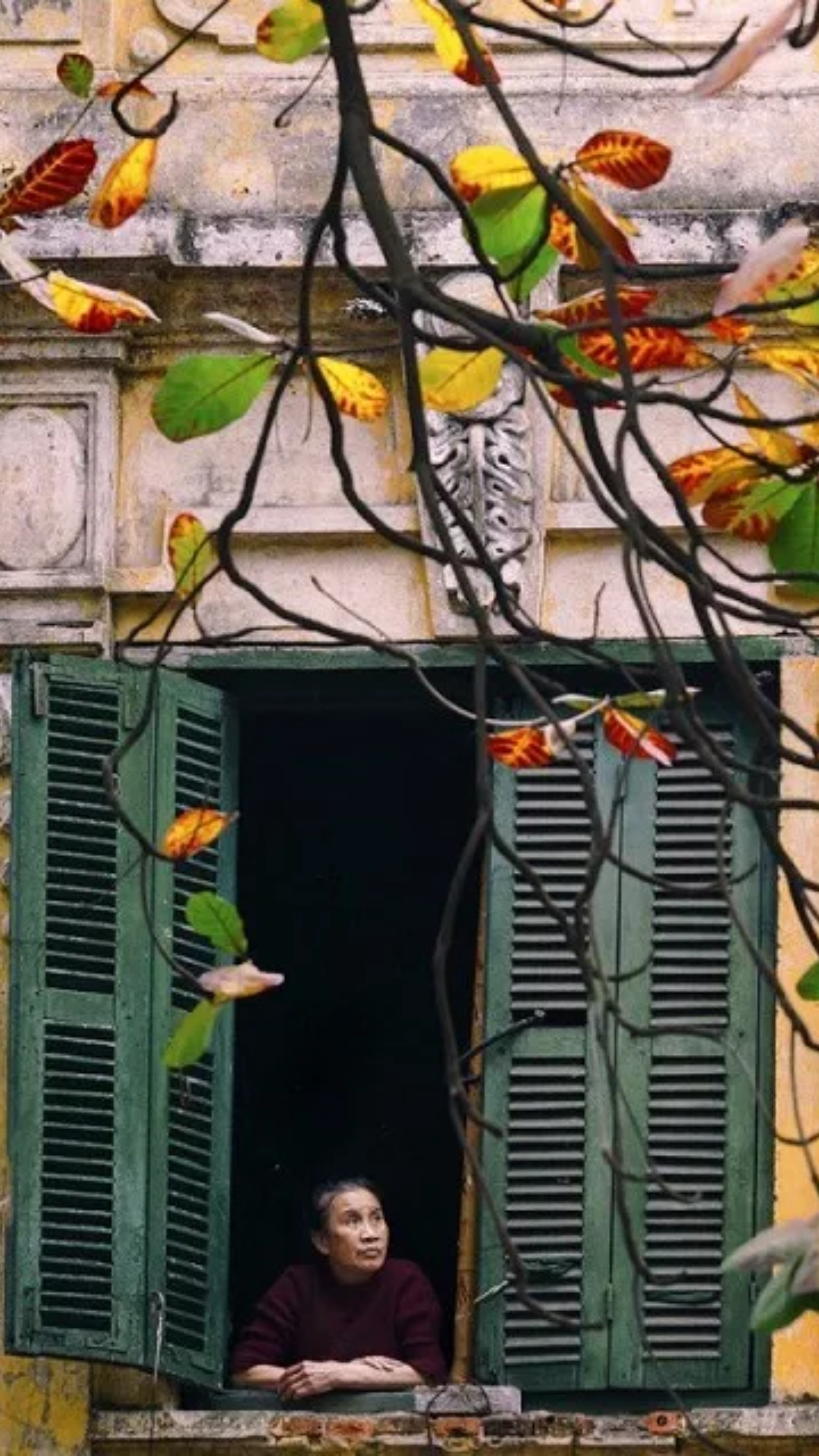
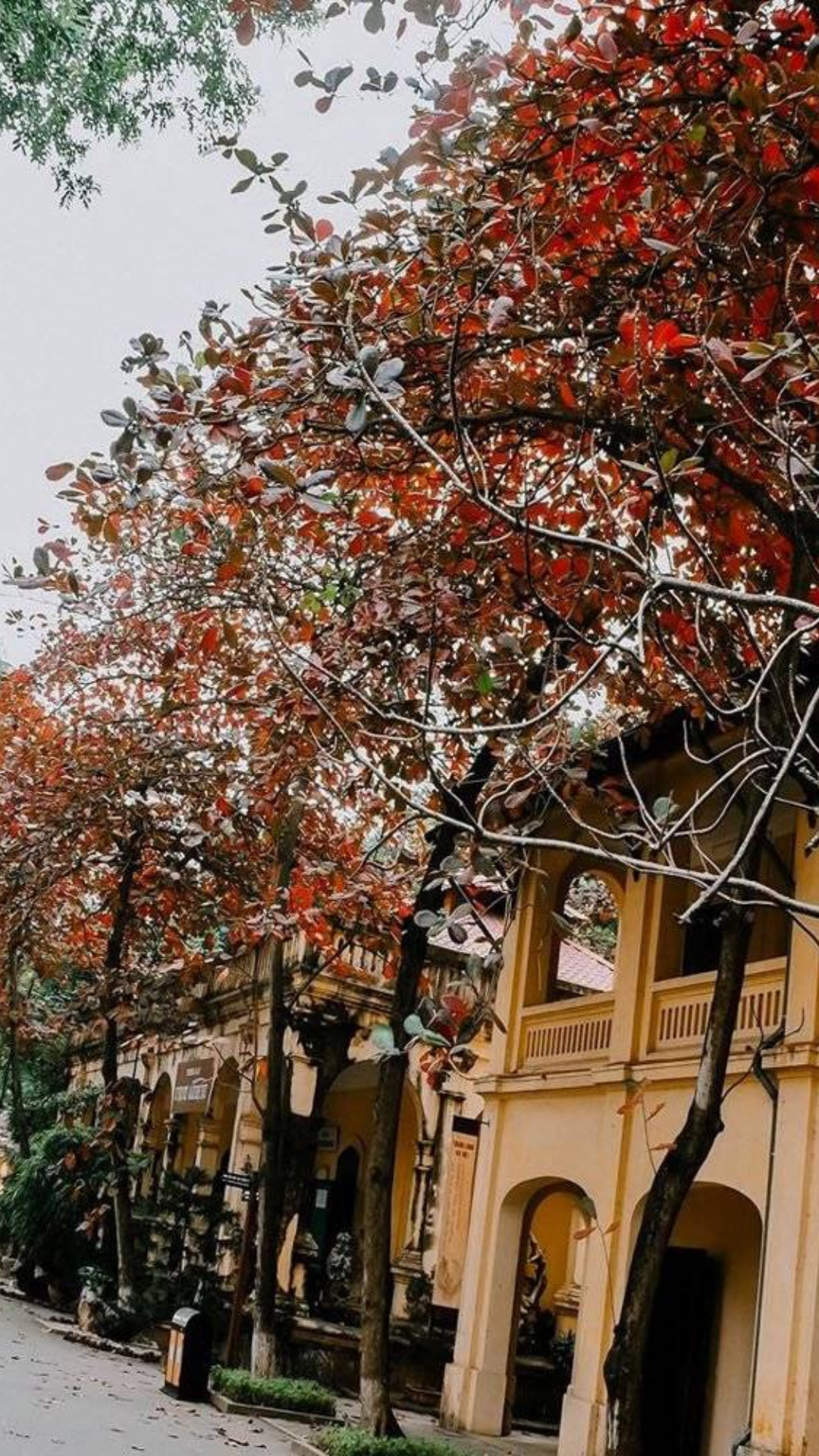
Hàng Mã (Paper Street): Well-known for selling traditional paper goods and offerings for religious ceremonies.
Hàng Muối (Salt Street): Historically associated with salt trade, now offers various products and street food.
Hàng Nón (Hat Street): Famous for selling conical hats, also known as “nón lá.”
Hàng Quạt (Fan Street): Known for selling traditional Vietnamese fans and other related items.
Hàng Thiếc (Tin Street): Historically associated with the tin trade, now hosts various shops and boutiques.
Hàng Thùng (Barrel Street): Once famous for barrel-making, now features shops and restaurants.
Hàng Tre (Bamboo Street): Known for trading and crafting bamboo products.
Hàng Trống (Drum Street): Traditionally associated with drum making and selling musical instruments.
Hàng Vải (Fabric Street): Famous for selling a wide range of fabrics and textiles.
Hàng Vôi (Chalk Street): Historically known for selling chalk and lime, now hosts shops and eateries.
Hàng Xanh (Green Street): Once home to herbal medicine shops, now offers a mix of businesses.
Hàng Xì (Cheek Street): Named after the cheeks of pigs that were sold here in the past.
Hàng Đúc (Copper Street): Historically associated with copperware and brass crafting.
Hàng Giầy (Shoe Street):